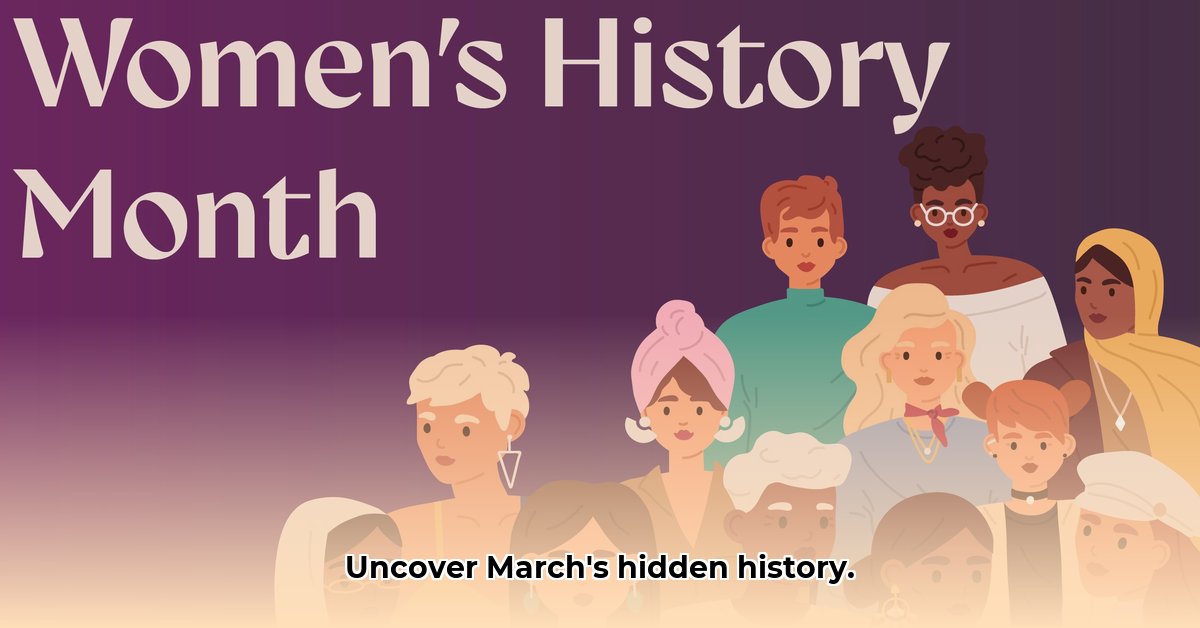
March: a month bridging the chill of winter and the warmth of spring, yet far more significant than mere seasonal transition. This month holds a wealth of pivotal historical events, shaping nations, sparking revolutions, and driving human progress. From presidential inaugurations to wartime battles and the dawn of new eras, let's embark on a chronological exploration of March's most memorable moments. For more fun facts about March, check out this interesting site.
Early March: Seeds of Change and Presidential Promises
March 1st: While not always brimming with earth-shattering events, March 1st marks the beginning of a month pregnant with anticipation and the potential for significant change. It's a month of subtle shifts, of brewing conflicts, and quiet preparations for the events that will soon unfold. Think of it as the calm before the storm, the quiet planting of seeds that will later blossom into significant historical events.
March 4th: A date synonymous with presidential inaugurations in the United States. Many presidents have assumed office on this day, but perhaps none more impactful than Franklin D. Roosevelt in 1933. His inaugural address, promising a "New Deal" to a nation grappling with the Great Depression, offered a beacon of hope amidst widespread despair. Roosevelt's words, imbued with a sense of confident action, instilled a belief in a brighter future, demonstrating the power of presidential leadership during times of crisis. How did FDR's New Deal address the fundamental issues driving the Great Depression? His multifaceted approach aimed to stabilize the banking system, provide relief to the unemployed, and stimulate economic recovery through large-scale public works projects.
March 1778: The adoption of the Articles of Confederation marked a crucial, albeit imperfect, step in the formation of the United States. This document, America's first attempt at a national government, highlighted both the promise and the pitfalls of early self-governance. Its shortcomings, especially in central authority and effective taxation, would eventually necessitate its replacement by the United States Constitution, demonstrating that even flawed beginnings can pave the way for lasting progress. What were the primary weaknesses of the Articles of Confederation that ultimately led to its failure? Its lack of a strong central government, combined with limited taxation powers, hampered its ability to address pressing national issues like economic instability and interstate conflicts.
Mid-March: Tragedy, Triumph, and the Promise of Spring
March 5th, 1770: The Boston Massacre stands as a stark reminder of the escalating tensions preceding the American Revolution. The clash between British soldiers and American colonists resulted in several colonial deaths, fueling resentment and solidifying colonial grievances against British rule. This event served as a potent symbol, escalating revolutionary sentiment and accelerating the path to independence. How did the Boston Massacre transform public opinion in the American colonies? The event profoundly shifted public sentiment, galvanizing opposition to British rule and igniting a powerful wave of anti-British sentiment that fueled the flames of the American Revolution.
March 1936: Amelia Earhart’s solo transpacific flight marked a monumental achievement, not only for aviation but also for women's empowerment. Her courageous feat showcased remarkable skill and inspired generations, pushing boundaries and expanding the perceived limits of human capability. How did Amelia Earhart’s flight challenge societal norms? Her achievement defied gender expectations and broadened the perception of women's roles, demonstrating that women could excel in traditionally male-dominated fields like aviation.
Mid- to Late March: The arrival of spring, a time of renewal and rebirth, offers a counterpoint to the often-turbulent historical events that characterize March. The promise of spring serves as a potent symbol of hope, resilience, and the cyclical nature of life, reminding us of the enduring power of nature to renew and refresh.
Late March: Global Conflicts and the Dawn of a New Era
March 1943: The Battle of the Bismarck Sea marked a significant Allied victory in the Pacific Theater of World War II. This naval engagement dealt a crippling blow to Japanese forces, signifying a turning point in the war and boosting Allied morale. While the war raged on, it represented a crucial step toward eventual Allied victory. What strategic impact did the Battle of the Bismarck Sea have on the Pacific War? The battle severely crippled Japanese naval capabilities, disrupted their supply lines, and gave the Allies control over crucial sea lanes, contributing significantly to the eventual Allied victory in the Pacific.
March 5th, 1946: Winston Churchill's "Iron Curtain" speech, delivered in Fulton, Missouri, served as a stark warning of the emerging Cold War division between East and West. His words foreshadowed decades of geopolitical tension, shaping the global landscape and influencing international relations for generations to come. What was the primary message conveyed in Churchill's "Iron Curtain" speech? Churchill warned of the growing division between the Soviet-controlled Eastern Bloc and the Western democracies, describing the division as an "Iron Curtain" descending across Europe, foreshadowing the Cold War.
March 1961: President John F. Kennedy established the Peace Corps, a bold initiative promoting international cooperation and humanitarian aid. This program sent young Americans abroad to assist developing nations, fostering cross-cultural understanding and goodwill. How did the Peace Corps contribute to America's image abroad? The Peace Corps helped improve America's image abroad by demonstrating a commitment to international cooperation and development, fostering goodwill and positive relationships with other nations.
March: A Month of Enduring Significance
March is a multifaceted month, encompassing a kaleidoscope of human experiences—a blend of hope and despair, war and peace, innovation and tragedy. Studying its history reveals humanity's inherent capacity for both remarkable achievements and devastating conflicts. This chronological journey underscores the ongoing relevance of past events, prompting us to reflect on the lessons learned and the enduring impact of March’s most significant moments. By understanding these pivotal moments, we gain valuable insights into the forces that have shaped our world and continue to influence the present.